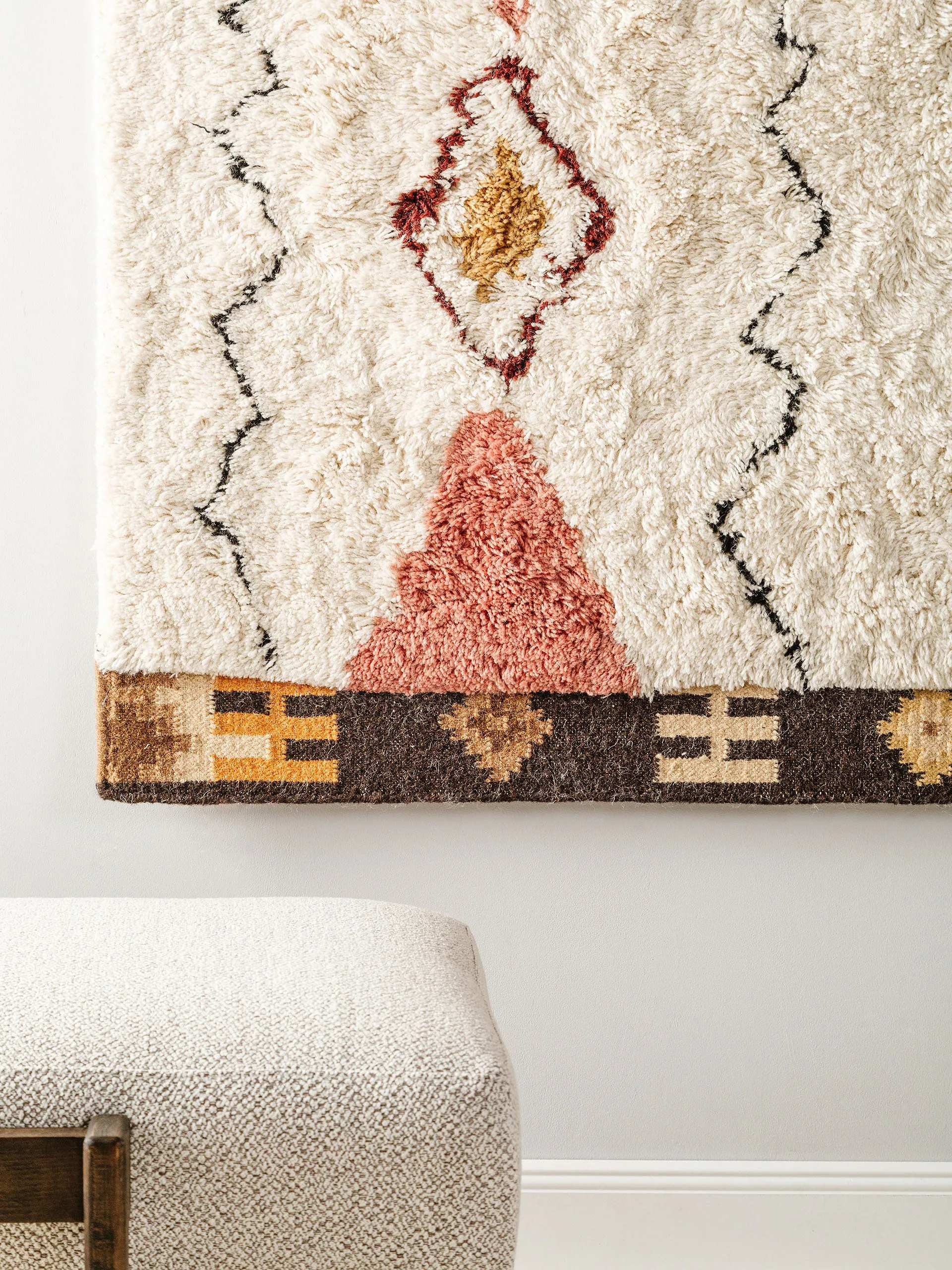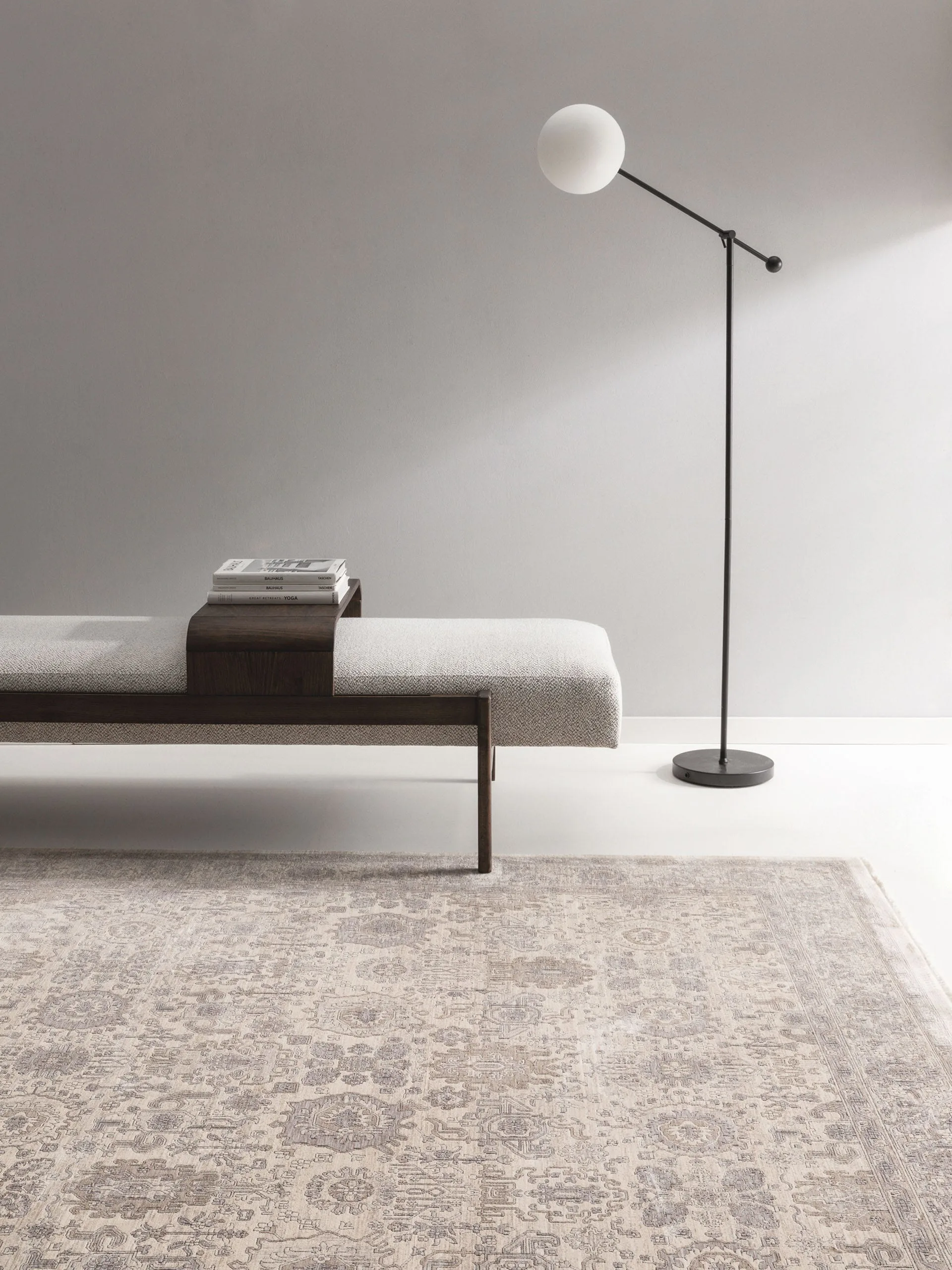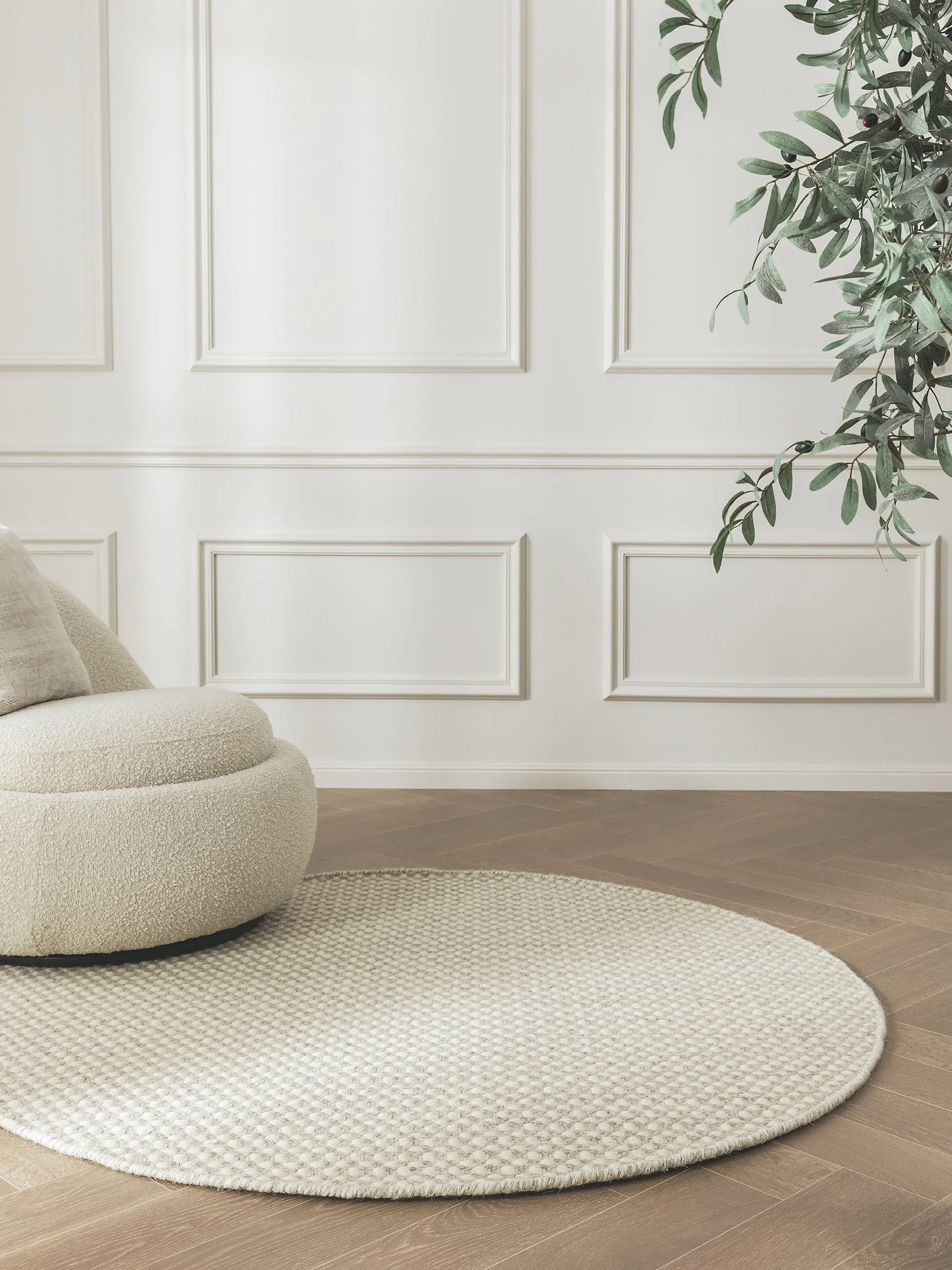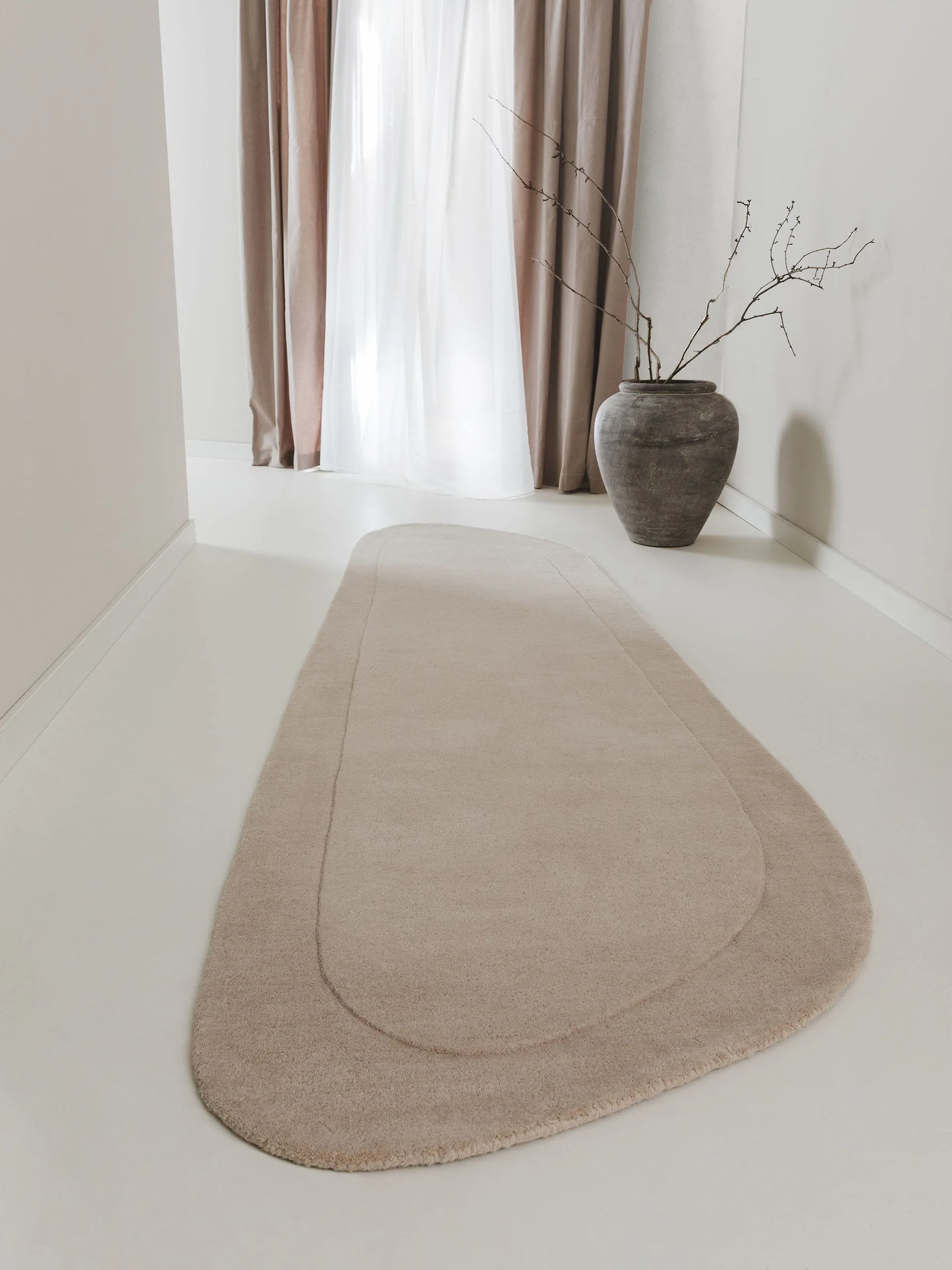Woven rugs
Rugs can be woven by hand or by machine. The manufacture of a machine-woven rug, with a duration of about one hour, takes much less effort than hand-weaving, which can take several months or even years. Since the industrialisation of the 19th century, therefore, the advantages of fully automatic looms have been exploited.
Machine-woven rugs are widely used products. You can find them in households in various designs. The exact method of production depends on the materials used. Do you own a sisal rug? Then it is certainly machine-woven. A short pile rug made of hemp or wool, however, is usually made by hand.





